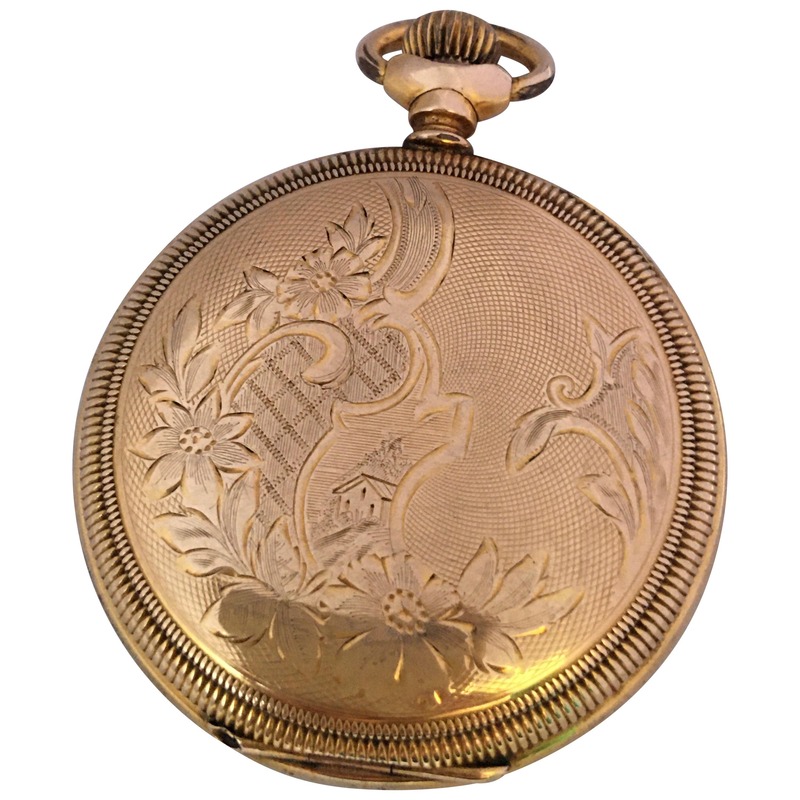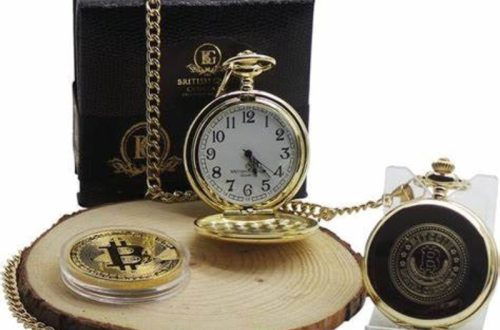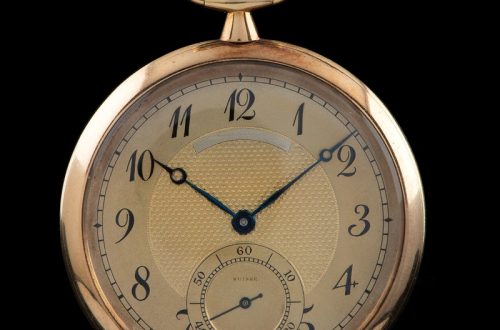The History of Pocket Watch Cases
The pocket watch case has a rich history. This journey began in the 16th century. Since then, each case has told its own story. Makers designed cases to protect the intricate watch movements. But they did more than that. They also displayed the owner’s status and style.
Cases evolved from simple to ornate over time. Craftsmen decorated and improved them. By the 19th century, pocket watch cases became an art form. They reflected current fashion and technology trends.
Over the years, materials and designs changed. Yet, the purpose stayed the same – to keep the watch safe and ticking. Collectors today treasure these cases for their beauty and history.
As we explore further, we’ll see how pocket watch case styles evolved. We will also learn how these changes reflect wider historical trends.
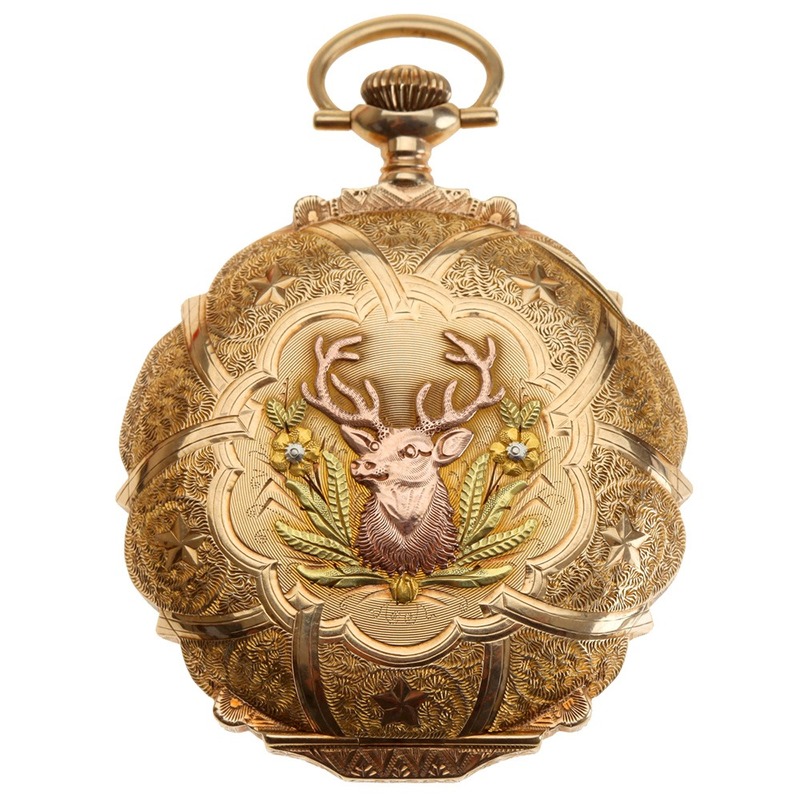
Types of Pocket Watch Cases
Pocket watch cases come in several styles, each with its unique features and historical significance. These cases not only served a practical purpose but also reflected the fashion and craftsmanship of their time. Let’s delve into the most common varieties.
Full Hunter Case
The Full Hunter Case completely encloses the watch face, protecting it with a solid outer cover. This cover often features intricate designs or engravings and must be opened to view the time. Popular in the 19th century, Full Hunter Cases are prized for their elegance and the level of protection they provide for the timepiece inside.
Half Hunter Case
A step below the Full Hunter, the Half Hunter Case features a cover with a glass or crystal inset. This allows the owner to read the time without opening the case. The Half Hunter Cases are known for their practicality and were favored by those who needed to check the time frequently.
Open Face Case
Open Face Cases lack a front cover, leaving the watch face exposed for immediate viewing. This style became popular for being easily accessible and was commonly used by railway workers who needed to reference the time at a glance.
Double Hunter Case
Combining the features of Full and Half Hunters, the Double Hunter Case boasts a protective outer cover and a second cover on the back, which opens to reveal the watch’s movements. Collectors often seek out Double Hunter Cases to admire both the external craftsmanship and the internal mechanics of the watch.
These various types of pocket watch cases offer insights into both functionality and style preferences of the past. They suggest much about the culture and technological advancements of their respective eras.
Materials Used in Pocket Watch Cases
Craftsmen selected materials for pocket watch cases with care. They aimed for durability, style, and status symbolism.
Gold and Silver Cases
Gold and silver were top choices for luxury pocket watch cases. They showed wealth and class. Gold cases often had carat marks inside. Silver cases had hallmarks that also helped in dating them. Collectors highly value these cases today.
Brass and Alloy Cases
Brass and other alloys offered a more affordable option. These materials were easy to work with. They allowed for detailed designs without the high cost of precious metals. Such cases often have a warm golden tone from the brass.
Ceramic and Enamel Cases
Ceramic and enamel provided a different aesthetic. They allowed for vibrant colors and intricate painted scenes. These cases were less about showing status and more about artistry. Enamel cases are quite rare and sought after by collectors for their unique beauty.
Ornamentation and Artistry in Case Designs
The artistry of pocket watch cases is a testament to the skill and creativity of past craftsmen. With ornamentation ranging from simple to elaborate, these cases were more than timekeeping devices; they were artistic statements. Here’s how decoration played a key role in pocket watch case design:
Elaborate Engravings
Craftsmen often adorned pocket watch cases with engravings. These intricate patterns reflected the owner’s taste and the artist’s expertise. From floral motifs to landscapes, the engravings made each pocket watch case unique.
Precious Stone Inlays
Some pocket watch cases feature inlays of precious stones. Diamonds, rubies, and sapphires added luxury and a touch of brilliance. This ornamentation often signified wealth and status.
Painted Scenes
Exquisite hand-painted scenes adorned ceramic and enamel cases. They depicted historical events, nature, or high society, turning the pocket watch case into a canvas for expression.
Monograms and Crests
Personalization came in the form of monograms or family crests engraved on the case. This practice added a personal touch and often signified lineage and heritage.
Each design element on a pocket watch case offers a glimpse into the era’s culture and art. Collectors cherish these pieces for both their horological and artistic significance.
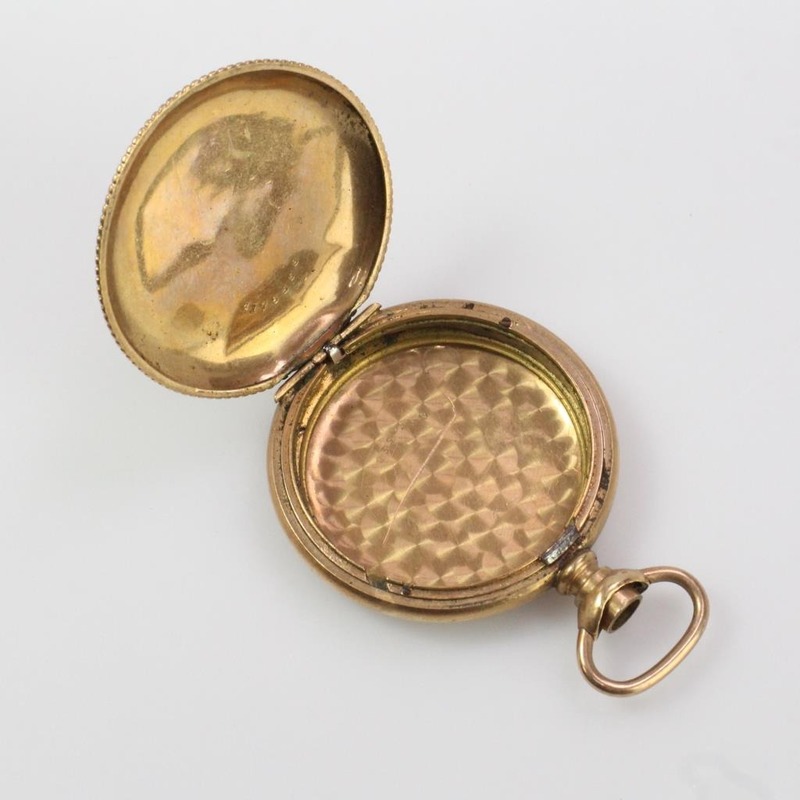
Key Features of Antique Pocket Watch Cases
Antique pocket watch cases are not only about style but also possess functional features. These features are critical for the durability and usability of the watch. We will look into the key functional components.
Hinges and Clasps
Hinges and clasps are vital for the functionality of pocket watch cases. Strong hinges allow the cover to open smoothly. They must withstand repeated use without failing. Clasps keep the watch case securely shut. They protect the watch face from dust and damage. Reliable clasps give a satisfying ‘click’ when closed, ensuring the watch is safe.
Crystal Types
The crystal is the transparent cover that guards the watch dial. In antique pocket watch cases, crystals came in different materials. Common types included glass, which offered clarity, and plastic, which was less prone to shattering. Sapphire crystal was a sign of high-end cases, noted for its scratch-resistance and durability.
Case Size and Pocket Watch Compatibility
Case size should match the pocket watch it holds. A snug fit is crucial to prevent the watch from moving and getting damaged. But it should also allow easy removal of the watch when needed. Compatibility is key as it ensures the case does a proper job in protecting the timepiece.
How to Identify and Date Antique Pocket Watch Cases
Identifying and dating antique pocket watch cases is like unlocking a piece of history. Collectors and enthusiasts need to know how to spot the various indicators that can reveal a case’s age and origin. Here are some steps to guide you in uncovering the secrets held by an antique pocket watch case:
Look for Hallmarks and Carat Marks
Check inside the case for hallmarks or carat marks. These symbols can tell you where and when the case was made, as well as its material. Gold cases will have carat marks indicating purity, while silver cases should have assay marks that you can match with historical records.
Inspect Case Serial Numbers
Serial numbers on the case can be incredibly helpful. Compare the number with manufacturer records or use databases to determine production dates. This task often requires some research but can precisely date the watch case.
Observe the Style and Craftsmanship
The style of the case can provide clues to its era. Look at design features such as the type of hinges, clasps, and ornamentation. Changes in fashion and technology influenced these design elements over the years.
Consider the Material Used
The material of the case can also hint at its age. For instance, gold was more common in certain periods, while brass and alloys were popular when minimizing production costs was key. Check for signs of wear and patina that might also indicate age.
Examine for any Maker’s Marks
Search for maker’s marks, which can often be found inside the case or on the works of the watch. These marks can link a case to a specific manufacturer and time period, offering another dating method.
Utilize Guidebooks and Online Resources
Consult specialized guidebooks or online resources dedicated to antique pocket watches. These resources may provide detailed images and descriptions that can assist in identification.
By following these methods, you can identify and date antique pocket watch cases with greater accuracy. Your findings will not only enrich your understanding of your collection but also bring to life the stories behind these exquisite timepieces.
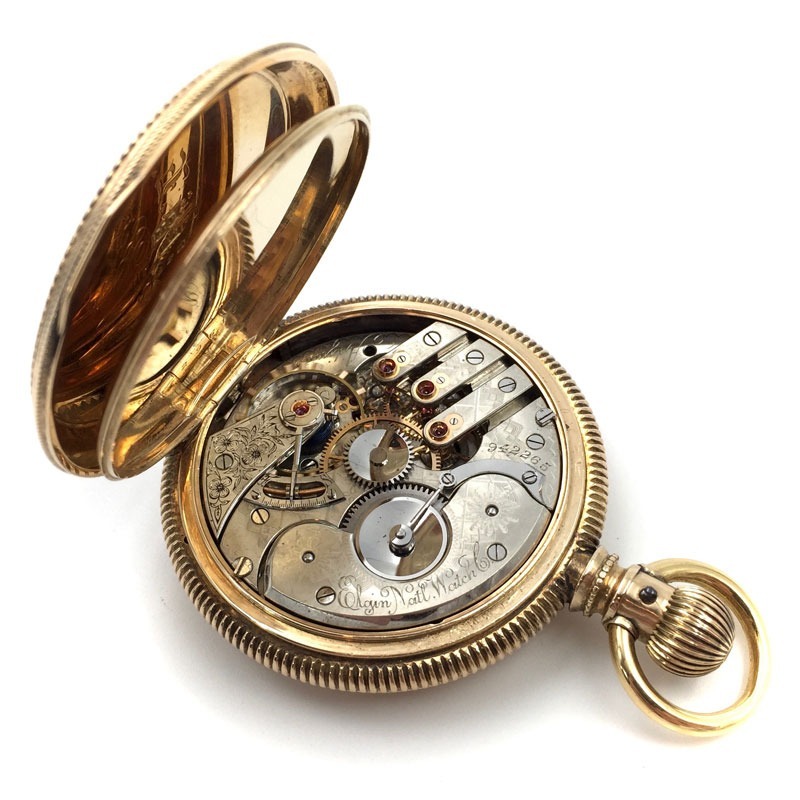
Tips for Collecting and Preserving Antique Pocket Watch Cases
Collecting antique pocket watch cases can be very rewarding. To make the most of your collection, follow these tips for collecting and preserving them:
Know What to Look For
When adding to your collection, look for unique features. Seek out cases with clear hallmarks or distinct craftsmanship. The rarity and condition of the case can greatly affect its value.
Handle with Care
Always handle pocket watch cases gently. Use a soft cloth when touching them to avoid fingerprints and scratches. Do not force hinges or clasps.
Store Properly
Store your cases in a dry, cool place. Avoid areas with direct sunlight or humidity. Use soft padding to keep them from getting bumped and scratched.
Regular Maintenance
Regularly check your pocket watch cases for any signs of damage. If a case needs repair, take it to a professional. Trying to fix it yourself can cause more harm than good.
Record Details
Keep records of your collection. Note the make, model, and any interesting history of each case. This information can be valuable for insurance or resale.
Learn from Experts
Connect with other collectors and experts. They can offer advice and help you learn about your pocket watch cases. Plus, it’s a great way to share your passion.
By following these tips, you’ll keep your antique pocket watch cases in great condition. Your collection will continue to tell the time’s tales for many years to come.
